
I had always wanted to give up paper towels, but found convenient reasons to keep on buying them. My cloth dish towel collection was accumulating, and I was using them, but only for non-staining messes so not to dirty the towels. When I had a baby I was expected to enter the world of disposable everything. Troubled by the idea of creating excess trash, I made the controversial choice not to use disposable diapers, much to the surprising disgust of almost everyone. Who knew people would be so opinionated about me wanting to put cloth diapers into a bin, instead of disposable? I signed up for the service that dropped off 80 clothes a week, and picked up the dirty ones. Highly recommend to any new parent. Getting 80 cloths a week, that I didn't have to launder myself was one of the greatest things ever. I used them for everything, from spills, spit-ups, breast pads [not attractive but effective around the house], and of course, diapers. The best part was never worrying about running out, or having to go to the store to pick up a bulky case of diapers.
So then a funny thing happened, I ran out of paper towels and didn't notice. When I finally got myself out to the store, baby in tow, I cringed at the fact of lugging the groceries, baby, and towels up to my second floor apartment. It sounds petty, but as a single mom I have to carry everything myself, and when I have a large car load I feel like that farmer at the bank of the river, with the chicken, the bag of seed and the wolf. It's a balancing act that can't end with leaving the baby unattended on either end.

And now I use my cloth towels for everything. For staining messes like pitting cherries, or gross baby messes, or even just to eat an apple without dripping juices. And when they are dirty they get thrown in the wash along with our clothes. My towels may not be in pristine condition, they have stains and holes, the edges are getting raggedy, but I save money, time, armloads, landfills and hope I am setting a good example for my little plum. I am waiting for that day when she turns to me and says, "Can you believe they make towels out of paper and people just throw them away?"
 A few tips:
A few tips:
 A few tips:
A few tips:- Put a bin, basket or bag in the kitchen to put used rags- I use a bag that hangs over a metal storage rack.
- If you have fancy towels, also buy a cheap set of plain one for the really messy stuff. I like the flour sack towels from Target- either white, or organic.
- Old shirts and worn out clothes can be upcycled into towels. There are plenty of instructions out there, or just cut & hem.
- If you do make your own- don't spend too much time on them or you will be less likely to use them. But don't stick with plain ones if that is not your style.
- Store them in a convenient place where they are easy to grab. I keep a few hanging over a horizontal paper towel holder, and the rest folded in a kitchen rack, and some smaller ones in a pretty bowl.
Cheers!
*towels are a mix of Ikea, organic cotton from Target & vintage

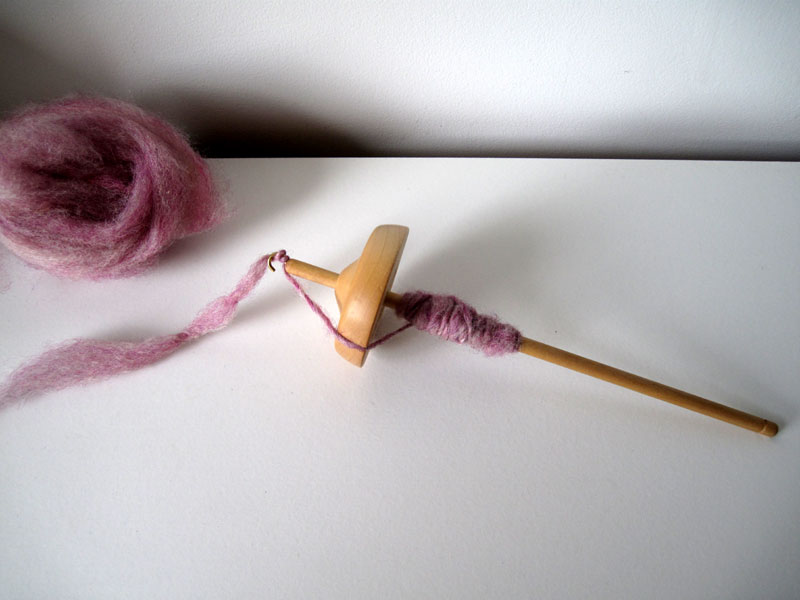












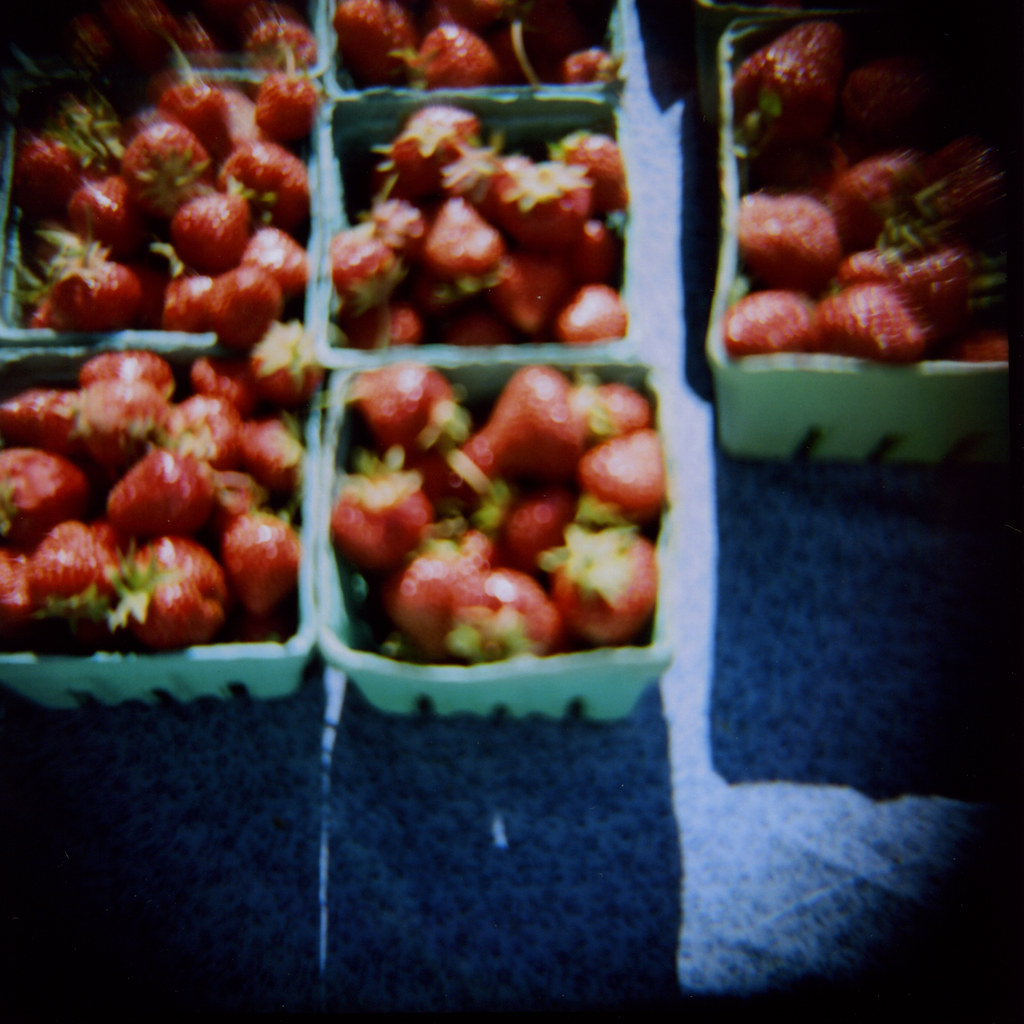
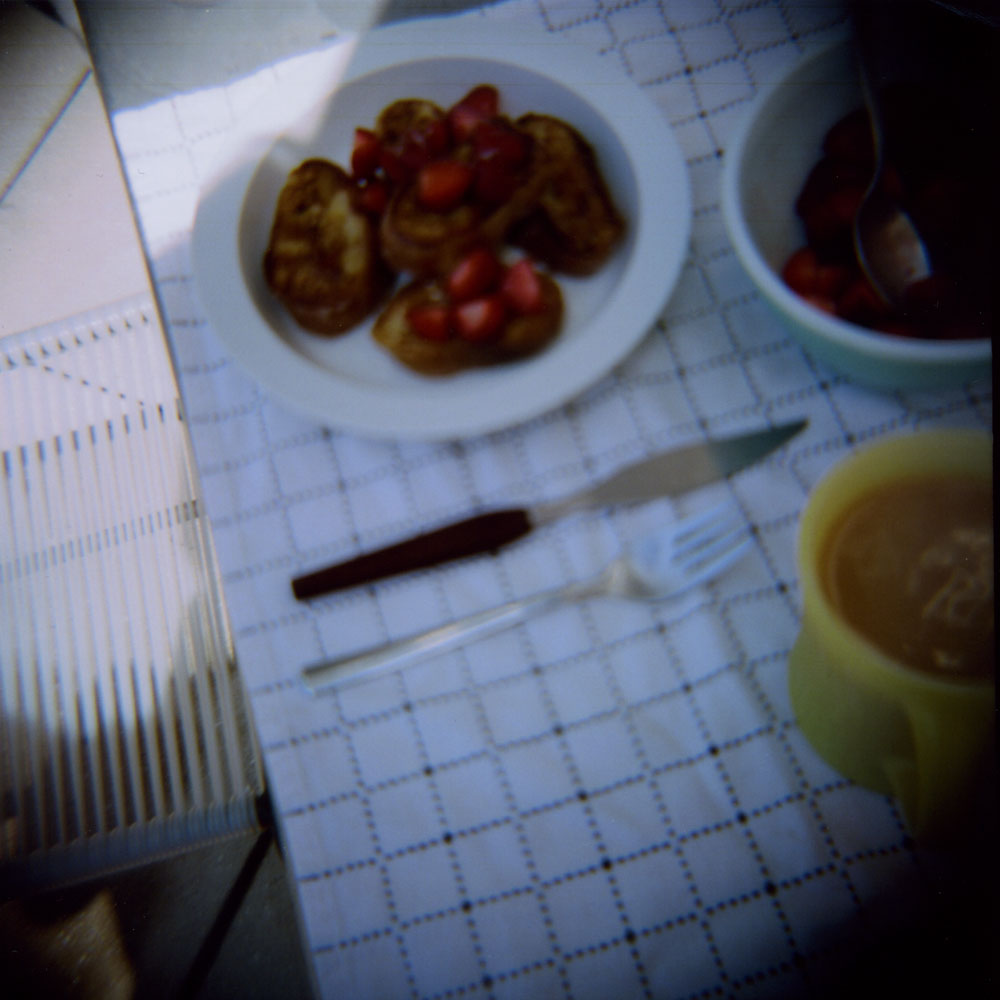
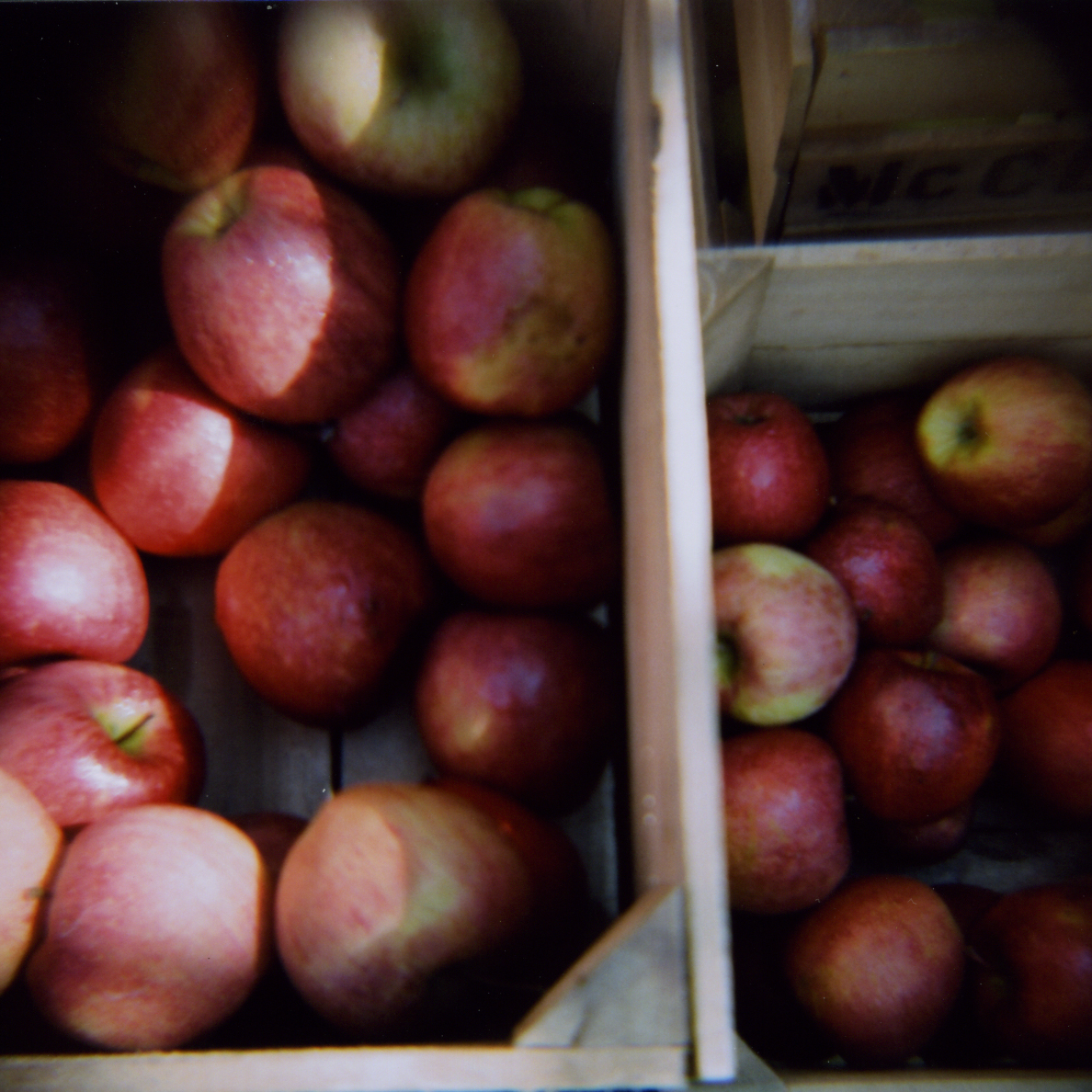
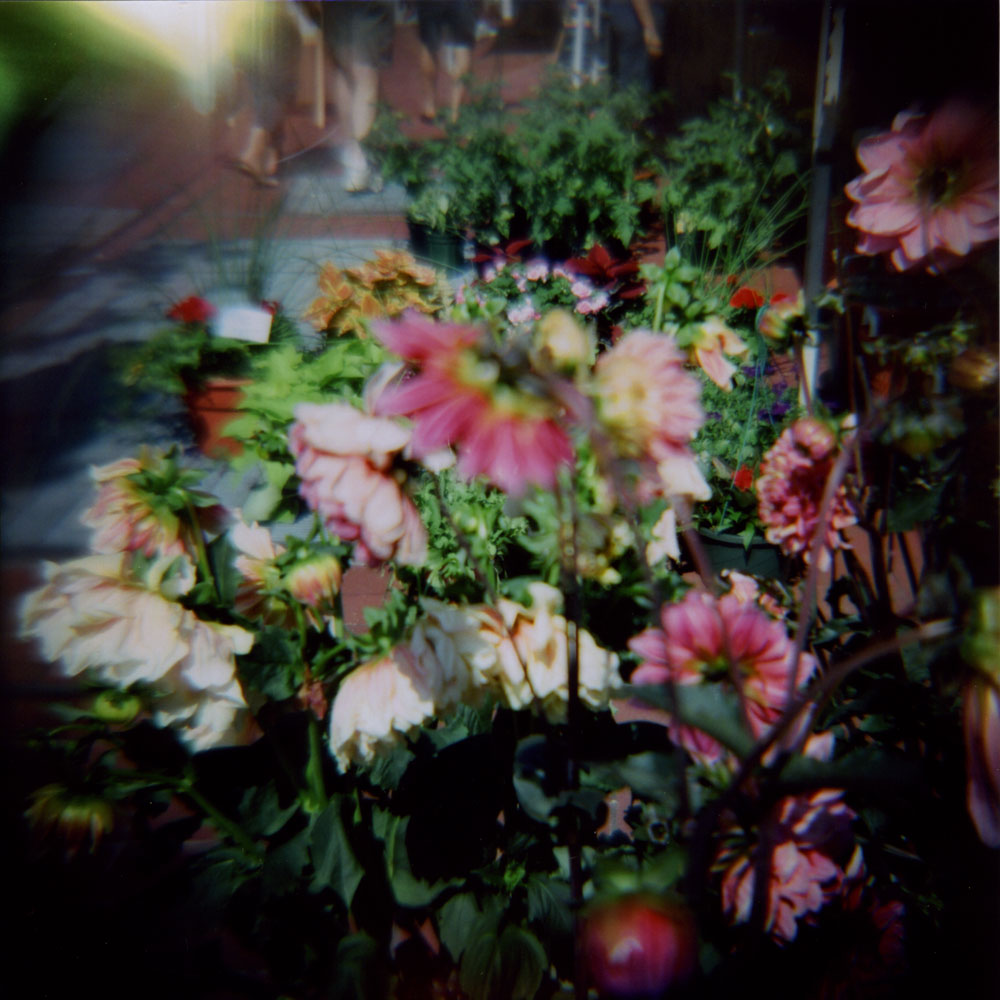



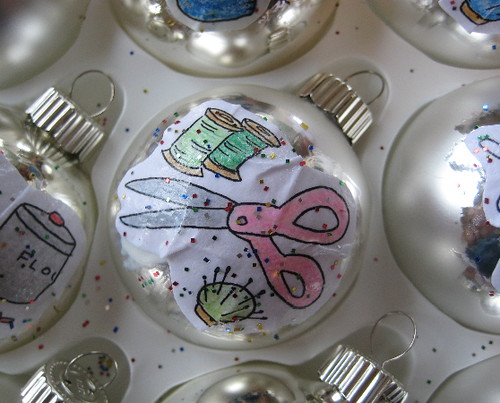
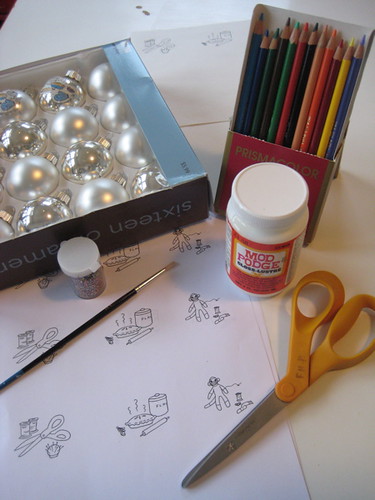
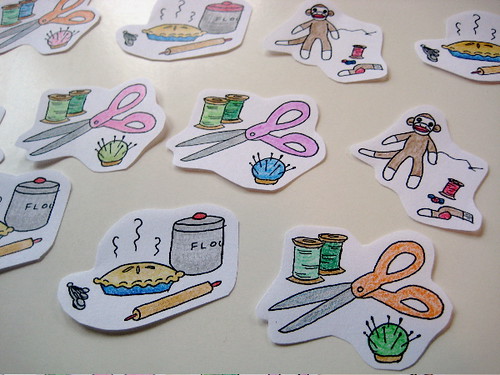
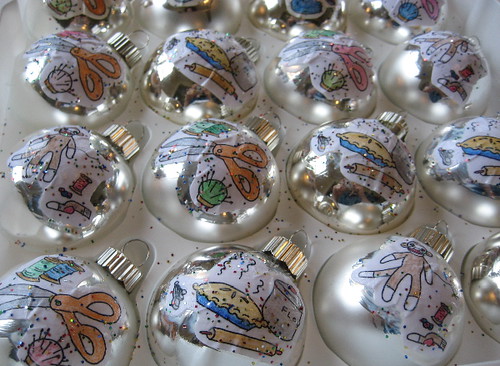
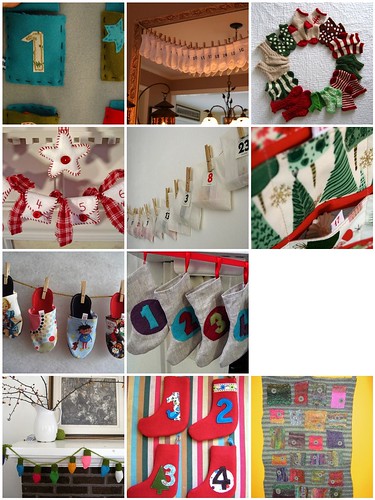
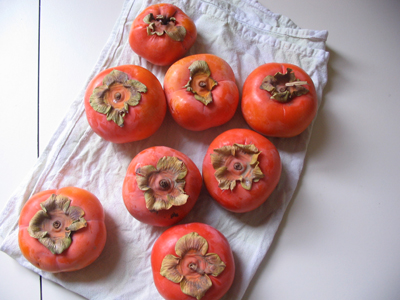

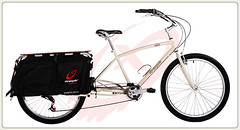
![kona_UTE[1]](http://farm4.static.flickr.com/3186/2922884642_2a595fdf67_m.jpg)
![transport-bicycle[1]](http://farm4.static.flickr.com/3285/2922033497_9fa2e4809a_m.jpg)